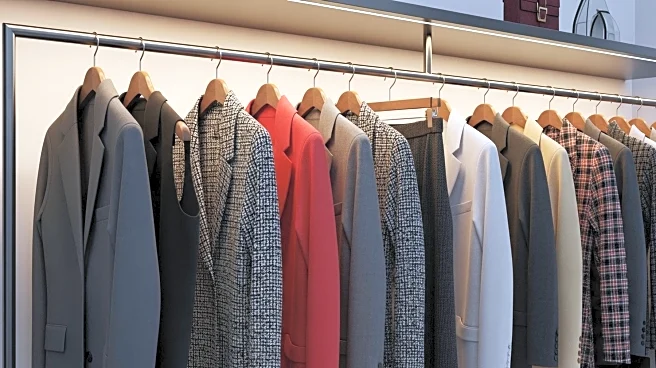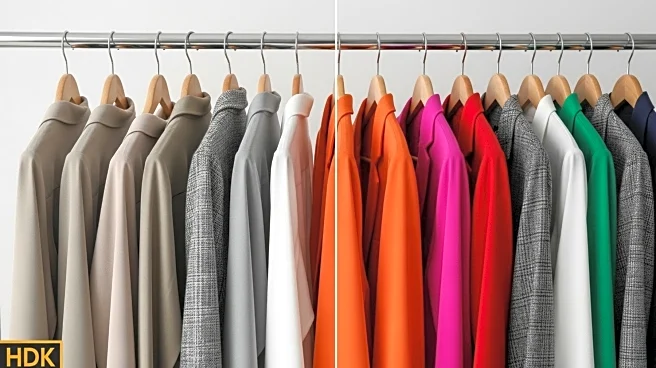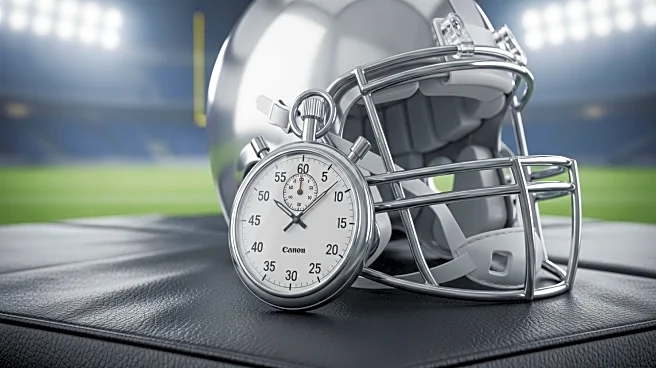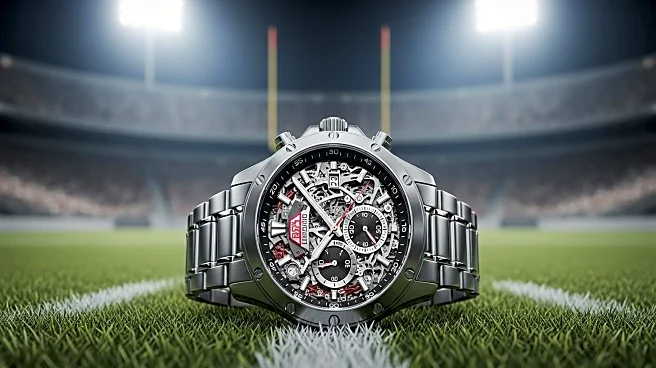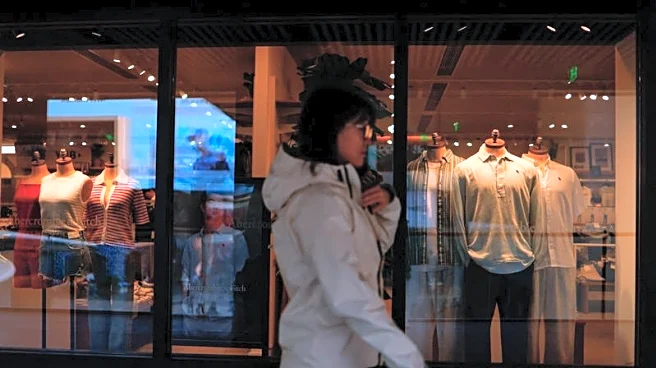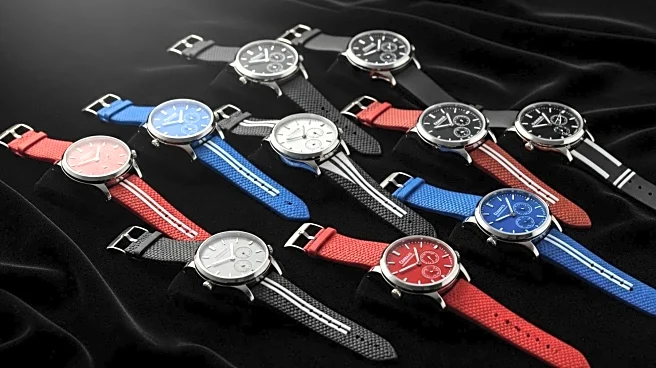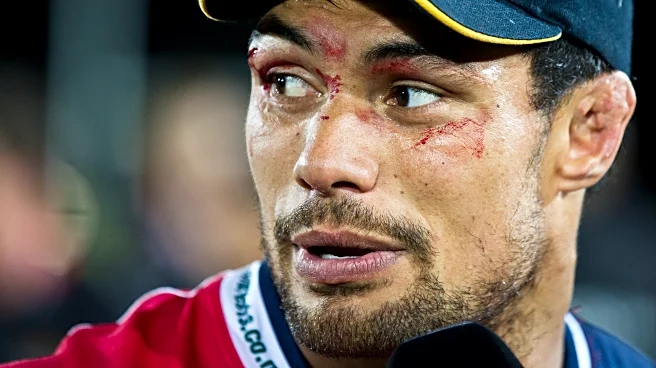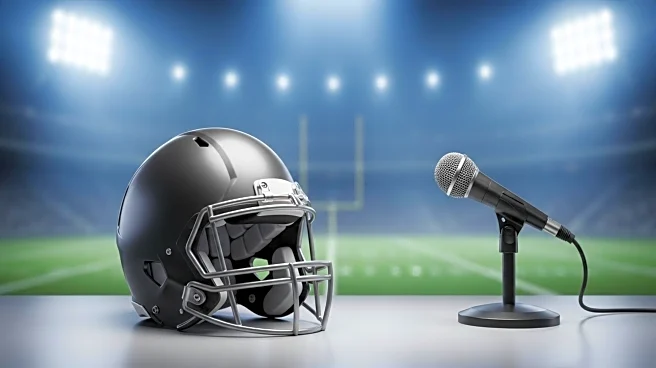What's Happening?
Abercrombie & Fitch reported a slowdown in sales growth for its namesake brand during the fiscal second quarter, with a 5% decline in sales and an 11% drop in comparable sales. However, the company's teen-focused Hollister brand experienced a 19% increase in sales, marking its best-ever second-quarter performance. Overall, Abercrombie & Fitch's sales rose by 7%, leading the company to revise its full-year revenue outlook upwards, now expecting a 5% to 7% increase. Despite the positive sales figures, Abercrombie's profit outlook for the fiscal third quarter is weaker than expected, partly due to increased tariff costs.
Why It's Important?
The contrasting performance between Abercrombie & Fitch and Hollister highlights the shifting consumer preferences within the apparel industry. Hollister's success suggests a strong demand for teen-focused fashion, which could drive future growth for the company. The revised revenue outlook indicates confidence in Hollister's continued performance, potentially offsetting challenges faced by Abercrombie & Fitch. However, the impact of tariffs on profitability underscores the complexities of international trade and its effects on U.S. businesses. The company's strategic partnerships, such as the NFL collaboration, may help sustain growth and brand relevance.
What's Next?
Abercrombie & Fitch plans to focus on expanding its product categories and international presence to stimulate growth. The company is also leveraging partnerships, such as its deal with the NFL, to enhance brand visibility and attract new customers. As tariffs continue to affect profitability, Abercrombie may explore cost mitigation strategies to maintain its competitive edge. The company aims to return to growth for its namesake brand by the end of the year, with efforts to clear old inventory and introduce new styles.
